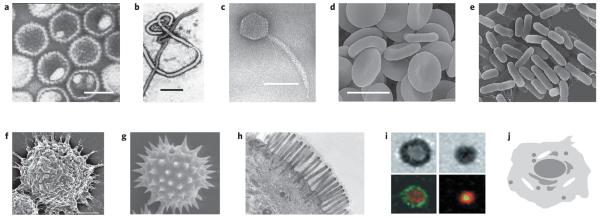Figure 1. Examples of natural biological objects that have diverse physical properties.
a, Human herpesvirus 3; scale bar, 100 nm (image: Frank Fenner). b, Ebola virus; scale bar, 500 nm (image: Frederick A. Murphy). c, Enterobacteria phage λ; scale bar, 50 nm (image: University of Wisconsin-Madison). d, Human erythrocytes; scale bar approximately 10 μm. e, Escherichia coli; image size approximately 7 μm × 6 μm. (Panels d and e © Dennis Kunkel Microscopy.) f, Surface texture in alveolar macrophages73; scale bar, 5 μm (© 2008 STM). g, Pollen; image size approximately 50 μm × 45 μm (Dartmouth Electron Microscope Facility). h, Intestinal villi; approximate magnification μ5,950 (© Dennis Kunkel Microscopy). i, The immunological synapse; T cell forming a synapse with a supported membrane containing GPI-linked pMHC and ICAM (ref. 134); © 1999 AAAS). j, A schematic of cellular compartmentalization showing several organelles surrounding the nucleus. The images clearly establish that nature uses physical parameters such as size, shape, texture and compartmentalization in designing life.

